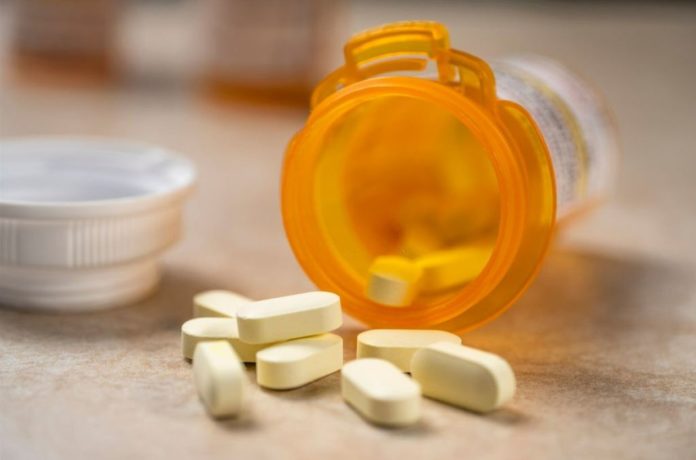As opioid overdoses reach unprecedented levels, researchers raise concerns about the treatment gap and provide strategies for removing treatment barriers.
Drugs like methadone, buprenorphine and extended-release naltrexone have been proved to cut opioid overdoses by more than half but according to new research from the NYU Grossman School of Medicine, 86.6 percent of those who suffer from opioid use disorder (OUD) do not receive these proven, life-saving drugs.
The study, which was published today in the International Journal of Drug Policy, looked at the difference between latest forecast of OUD prevalence and the use of medications to treat opioid use disorder (MOUD) at the national and state levels from 2010 to 2019. Over the past ten years, MOUD usage has increased by more than 100%; however, treatment growth has not kept up with OUD and soaring overdose mortality rates, which are mostly caused by fentanyl, a potent synthetic opioid that is up to 50 times stronger than heroin.
In the first year of the Covid-19 pandemic, deaths from opioid overdoses rose by 30 percent across the country, according to a recent report from the Centers for Disease Control and Prevention. Black, American Indian, and Alaska Native people were disproportionately affected by this rise.
The lead author of the study Noa Krawczyk, PhD, says that “our findings highlight the urgency of removing barriers to accessing medications to treat opioid use disorder, while expanding the availability of these medications.” But the issue we are facing goes much beyond a mere treatment capacity issue. People with opioid use disorder need to be able to enter and stay in treatment more easily, as well as have access to the evidence-based treatments that have been proven to save lives, according to him.
More than 70% of residential treatment programs nationwide, according to Krawczyk, do not provide MOUD. Expanding the use of MOUD by mobile health clinics, community-based organizations, and the criminal justice system are other options for making it more widely available. This includes removing special waiver criteria so that more doctors can prescribe buprenorphine. According to Krawczyk, it is also well past the point of necessity to make methadone less tightly regulated and more available through channels other than strictly supervised opioid treatment programs.
The Study’s Methodology
The researchers analyzed two different databases: one that is publicly available and tracks the distribution of MOUD by authorized methadone clinics, and another that is private and tracks claims from outpatient pharmacies for prescriptions filled for buprenorphine and extended-release naltrexone (medications for OUD that can be prescribed from a doctor’s office). The researchers then used rates per 100,000 people to determine the percent change in national and state-specific rates of people receiving MOUD over the previous year (2018 to 2019) and decade (2010 to 2019). Their investigation turned out the following:
From 2010 to 2019, the rate of MOUD receipt increased nationwide by 105.6%.
86.6 percent of those with OUD were not receiving MOUD as of 2019.
The findings from each state suggest a broad range of variation in the prevalence of OUD in the past year as well as treatment gaps for MOUD.
South Dakota had the lowest rate of MOUD treatment (66.1 per 100,000) while Vermont had the highest incidence (1,342.6 per 100,000)
As of 2019, the state of Iowa (97.3 percent), the state of North Dakota (96.1 percent), and Washington (95.1 percent) had the biggest treatment discrepancies
Connecticut (53.9 percent), Maryland (58.1 percent), and Rhode Island had the smallest treatment discrepancies (58.6 percent )
Even while MOUD treatment rates rose in all 50 states, only Washington, D.C. saw a drop of 9.2% between 2018 and 2019.
“Even in states with the smallest treatment gaps,” adds Magdalena Cerdá the study’s senior author, “at least 50 percent of people who could benefit from medications for opioid use disorder are still not receiving them.
Image Credit: Getty
You were reading: Almost 90% Of Americans Who Abuse Opioids Lack Access To Addiction Medicines – New Review
